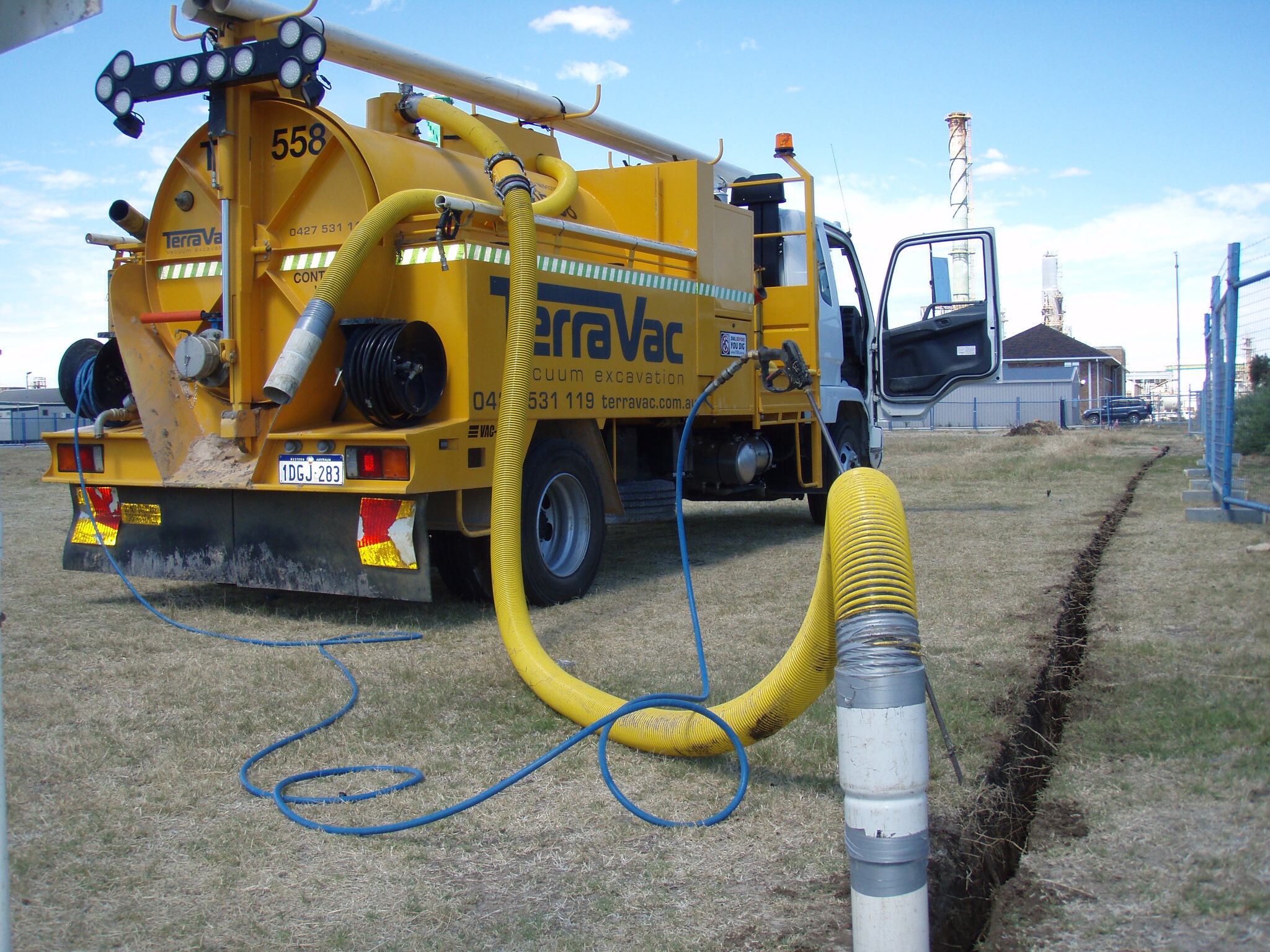Directional drilling techniques has emerged as a game-changing technology in the field of resource extraction and infrastructure improvement, enabling operations that were once deemed too difficult or environmentally hazardous. As urban expansion and demand for energy continue to increase, the need for cutting-edge drilling methods has never been more essential. This method not only provides the capability to reach beneath the surface resources with high precision but also addresses the obstacles posed by varying geography and sensitive ecological areas. Understanding how directional drilling works is essential for maneuvering through the diverse landscapes of energy generation, utility setup, and urban planning.
In this write-up, we will examine the development of directional drilling technology, highlighting its applications in different industries such as oil and gas, renewable energy, and building. We will discuss the various kinds of directional drilling, the machinery used, and the methodical procedures involved. From the merits of reducing surface interference to the ecological advantages of employing these techniques, the insights shared here will shed light on the crucial role directional drilling plays in modern engineering projects. Whether you are a seasoned professional or new to the field in the field, this detailed guide aims to link between technical expertise and hands-on application in a world that increasingly relies on efficient and sustainable drilling strategies.
Grasping Directional Drilling
Angled drilling is a method that allows drillers to direct the pitch and direction of the borehole during the drilling process. This method exists in contrast to traditional straight drilling, allowing operators to reach multiple targets from a unified surface location. By guiding the drill bit through the subsurface with accuracy, angled drilling not only improves resource extraction but also minimizes the environmental footprint.
The evolution of horizontal drilling technology has been marked by notable advancements, such as the introduction of more advanced drilling fluids, mud motors, and downhole tooling. visit this website have improved the effectiveness and precision of drilling operations, allowing it feasible to navigate challenging geological formations and access resources that were once deemed unreachable. As technology continues to progress, the applications of angled drilling have grown across various industries, spanning oil and gas, utilities, and renewable energy.
Grasping the distinctions between straight and horizontal drilling is vitally important in recognizing the benefits of horizontal drilling. Straight drilling typically entails a straight drill path, while horizontal drilling can lengthen the reach of a borehole significantly. This versatility allows for improved resource recovery and offers a calculated approach to managing land use, particularly in urban areas where surface disruption must be minimized. Through horizontal drilling, operators can efficiently address issues posed by geographical diversity while maintaining the integrity and effectiveness of their projects.
Advantages of Guided Boring
Directional drilling provides major gains compared to conventional drilling methods, mainly by lessening land disruption. This method allows for drilling at various angles and depths without extensive surface clearing, that is notably beneficial in city and ecologically sensitive areas. By limiting the surface impact, directional drilling protects the landscape and minimizes the ecological footprint associated with drilling operations.
Another key advantage is the efficiency it contributes to projects. Directional drilling often needs less time and fewer resources than traditional drilling methods. With the ability to reach multiple targets from a single entry point, operators can execute projects more quickly and economically. This time-saving aspect leads to lower costs and increased productivity, making directional drilling an appealing option for diverse industries such as oil, gas, and utilities.
Moreover, directional drilling enhances the safety and precision of drilling operations. Cutting-edge technologies and methods allow for accurate bore path planning and real-time monitoring, which minimizes risks related to drilling in complex geological formations. This precision not just ensures the integrity of the drilling operation and additionally mitigates potential hazards, ensuring a safer working environment for operators and surrounding communities.
Future Developments in Horizontal Drilling
The prospects of horizontal drilling is set to be changed by tech advancements that boost accuracy and efficiency. Advancements in drilling programs and sensor technology are opening the way for instantaneous information evaluation, enabling operators to make educated decisions during drilling operations. The integration of artificial intelligence and automated learning systems is anticipated to streamline boring processes, foresee equipment failures, and enhance bore paths, thus minimizing downtime and lowering costs.

As the demand for eco-friendly development grows, directional drilling is adjusting to meet these ecological challenges. New techniques are being created to utilize green drilling fluids and techniques that further minimize surface disruption. This commitment on sustainability aligns with the global push for clean power options, where directional boring is demonstrating essential in the setup of solar farms and earth energy systems, showcasing its flexibility across multiple applications.
Moreover, the labor force in directional boring is set to transform with the implementation of advanced training curricula centering on the latest techniques. As automation and online tools become integral to boring processes, training the next generation of horizontal operators in these areas will be crucial. The emphasis on education will ensure that the sector continues to draw in qualified professionals who can adapt to the rapid changes, ensuring that horizontal boring remains at the leading edge of contemporary engineering solutions.
